7 Stupidly Simple Hacks To Become A World Class Wildlife Spotter
Victoria and its quirky capital Melbourne is one of the best places in Australia to see kangaroos, koalas, wombats, platypus and other native creatives in the wild – all within a few hours drive on a day trip from Melbourne getting out into the Australian wilderness.
While Melbourne has some of Australia’s best sanctuaries, there is something truly magical about seeing animals in the wild.
Not all of us are David Attenborough, so here’s our top 7 hacks for spotting our iconic Aussie animals in the wild.
1. Time your viewing for dawn or dusk
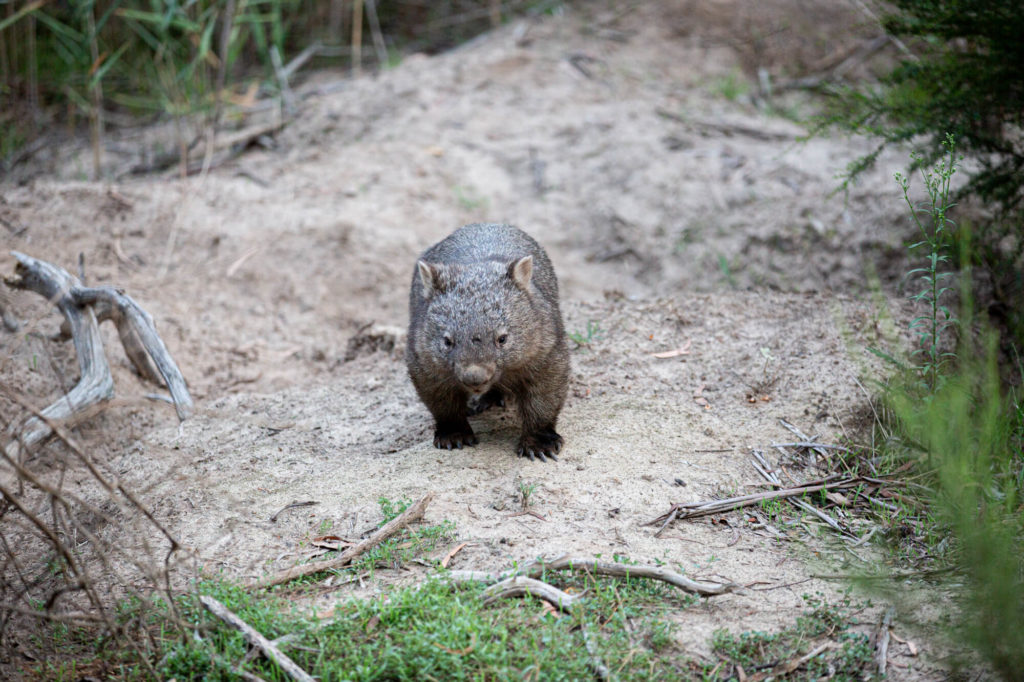
Most Aussie animals are nocturnal, meaning they are active early morning or in the evening. Sure, you can see kangaroos laying under a tree during the day, but if you want to see a wider range of animals including wallabies, koalas, wombats, echidnas and platypus, get up before the sun rises or towards sunset to see Australia’s animal kingdom come alive!
2. Look for people looking at something
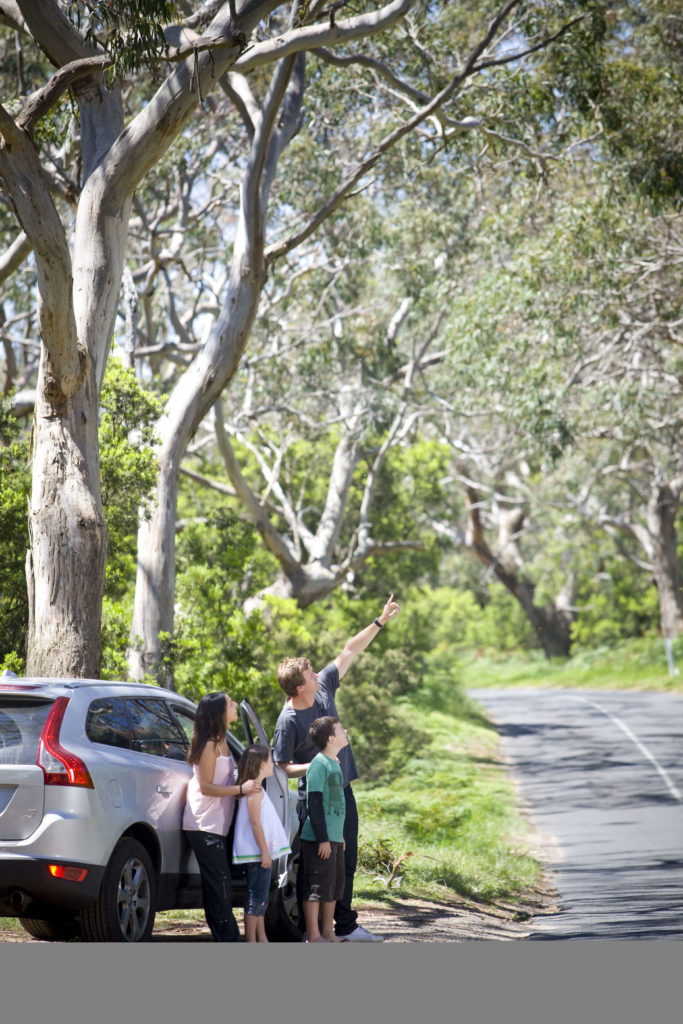
The Great Otway National Park on the Great Ocean Road is a great place in Victoria to see koalas in the wild, but the cuddly buggers can be damned hard to find.
So a simple hack is to stop looking for koalas and start looking for people.
Spot people with their car parked looking up a tree. If you are driving and see a group of people out of their car, chances are they might have seen a koala. It’s either that, or someone found a toilet – which could also be a win if you’ve been driving for hours.
Likewise, as you drive through Wilsons Promontory, if you see people looking in the bushes, they may have seen a wombat or emu.
3. Embrace the sounds of silence
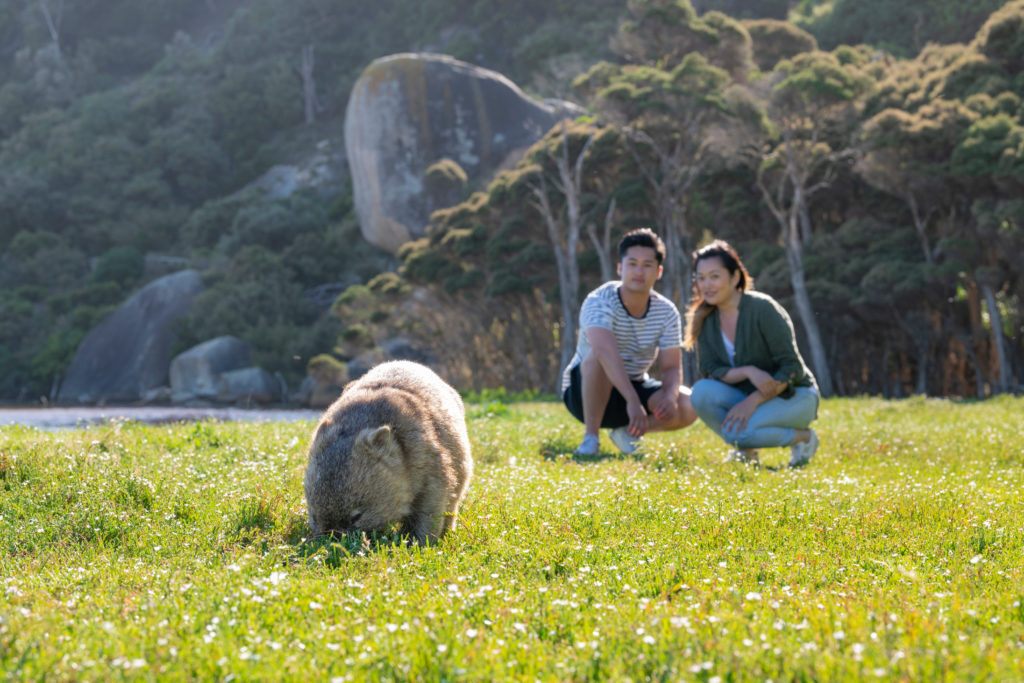
Animals’ excellent hearing means they are going to hear you coming well before you see anything.
The best encounters with wildlife are when they are not feeling threatened by human movement and noises. So instead of humming “I come from a land down under”, heed the words of Simon & Garfunkel and embrace the sounds of silence.
4. Do human-powered activity
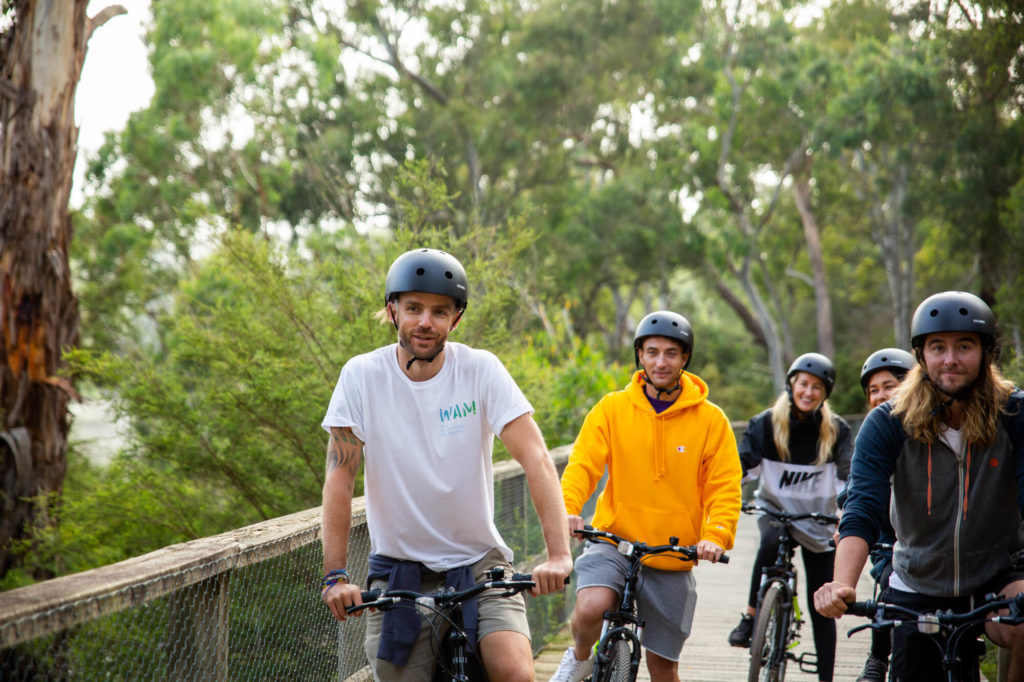
No motorbikes, no jet skis. Instead, human-powered activity is the best way to avoid scaring these precious animals. Hiking, biking and stand up paddleboarding (if you are not falling) are all responsible travel and ideal to cruise close to animals without startling them.
5. Take a tour or go with a local
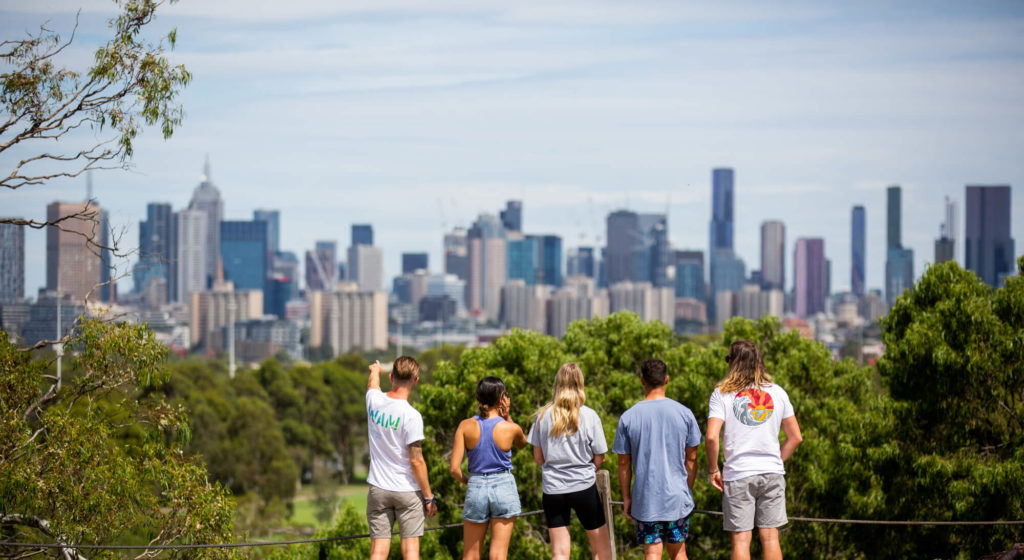
There is no better feeling than seeing an incredible native animal in the wild. Eco-tourism is a great way of doing this so getting a local guide to show you the kind of (often secret) spots for spotting animals in the wild makes it even better.
Besides having a higher chance of finding them, it’s nice to be told what you are looking at to understand more about the wildlife and importantly how we can help protect them.
6. Invest in a decent camera
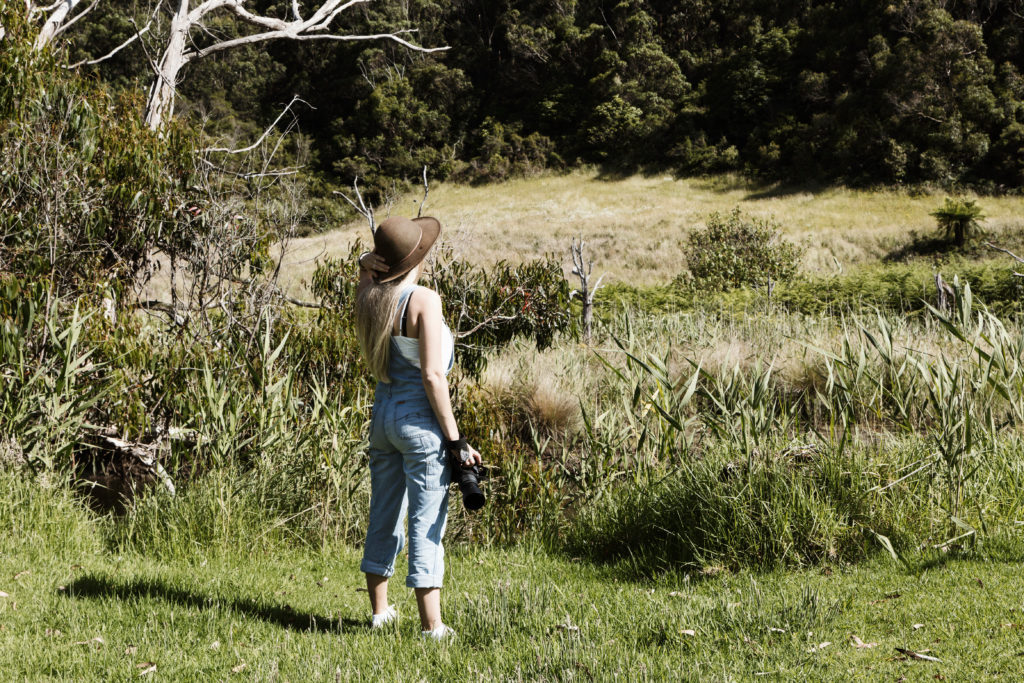
Even the best wildlife spotters have trouble getting up close and personal with Australian fauna. That’s where the zoom on your camera comes into play. So make sure you’ve got a half decent zoom (or invest in a smart phone zoom).
Remember, animals don’t have to come close if they don’t want to (that’s part of the thrill of wildlife spotting) so you may need extra help to see wallabies in bushland or a platypus in the river.
7. Talk the talk
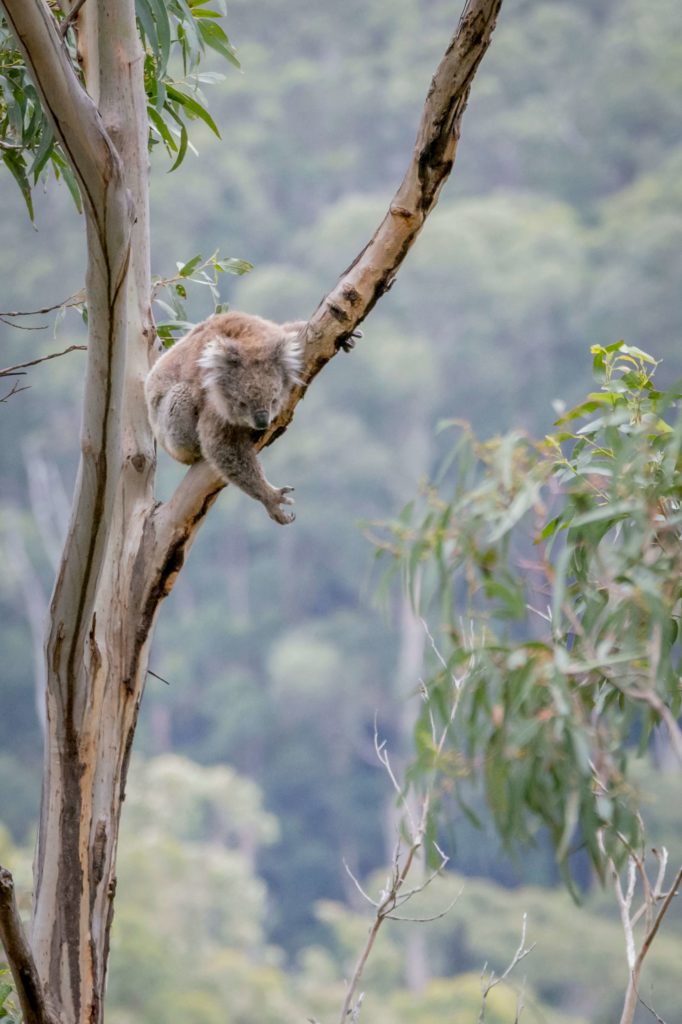
Sometimes its good to fake it until you make it. If you are struggling to see anything, have these absolute peaches of facts up your sleeve about our Aussie animals and you’ll be covered.
Read our: ’15 Outrageous facts about Aussie animals you can see in the wild near Melbourne’(opens in a new tab) for quirky facts on the wildlife you may see.